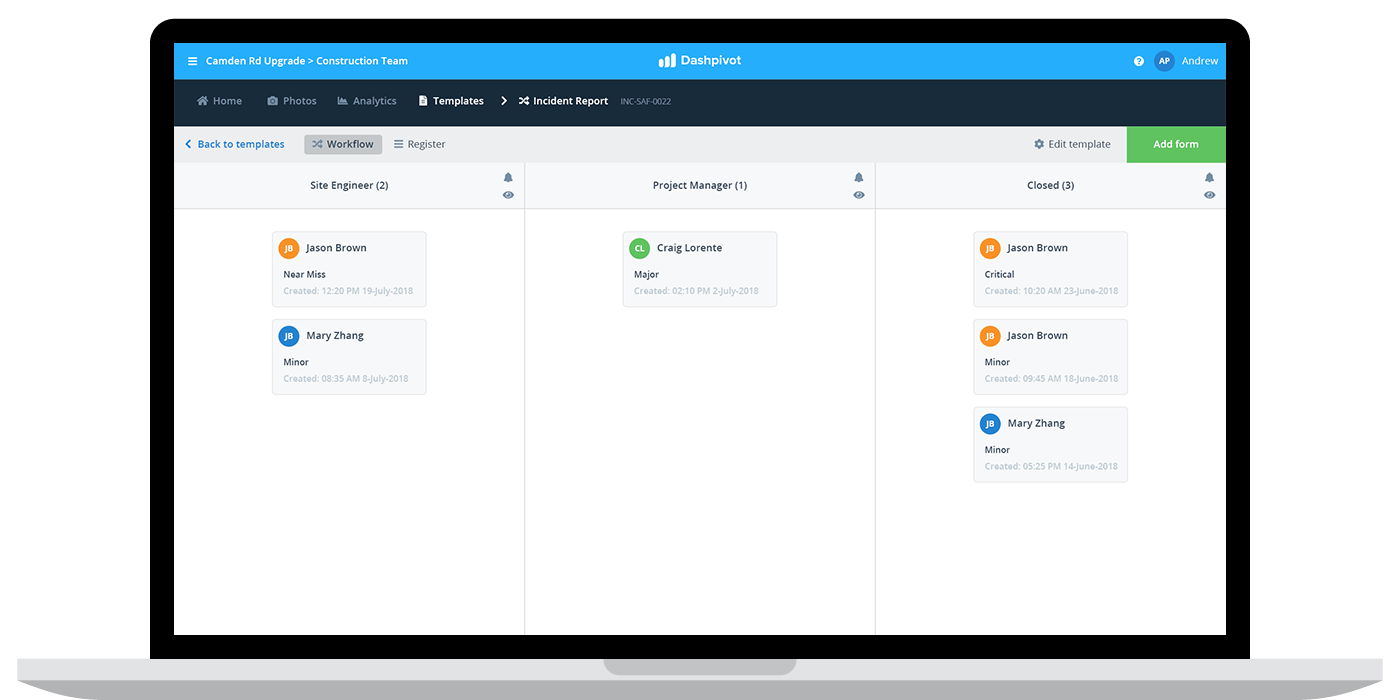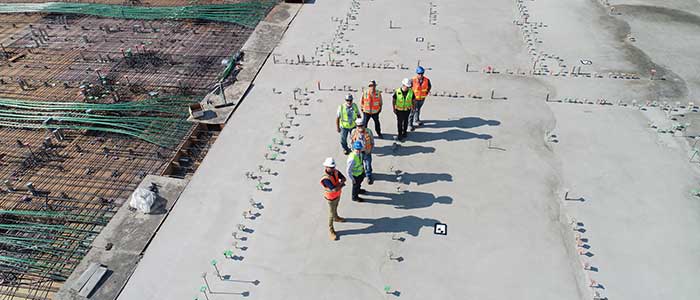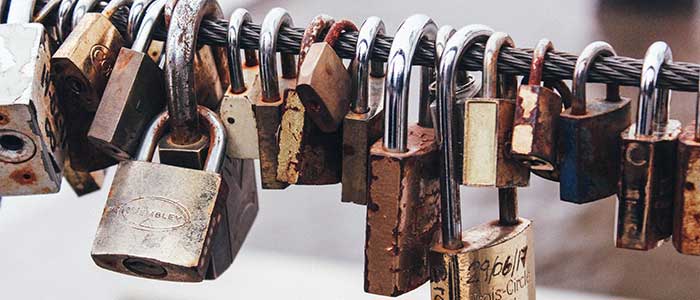What is the lowest experience modification rate possible

What is the lowest experience modification rate possible?
What is a 'normal' experience modification rate?
The base experience modification rate (EMR) for all companies is 1.0. A 1.0 experience modification rate means you are on par with your peers, and achieving the normal or expected safety outcomes of a company of your size in your industry.
Every new company starts with an EMR of 1.0, which means that the amount they pay in workers compensation insurance is the standard amount, which isn't shifted up from performance nor down from good performance.
Once a company starts to build a history of injuries, incidents and claims, this number may hover away from 1, and this number then represents the multiplier effect on their insurance costs.
If a company has an EMR of 1.25, then they will pay 25% more than the 'average' in that industry, which could equate to $250,000 on $1,000,000 in insurance - which is significant for almost any company.
Similarly, if the company has made less claims in the previous 3 years or so, their EMR will be less than one, which will have a downward effect on the amount they pay for insurance.
So what is the lowest experience modification rate possible?
What is the lowest experience modification rate possible?
Unfortunately there is no universally lowest experience modification rate possible.
The lowest EMR possible for your company is unique to your company - and your lowest possible EMR can fluctuate from year to year, as industry standards as well as your own operations and workforce change.
What is definitely true is that a 1.0 is definitely not your lowest experience modification rate possible. Some companies believe that because it isn't increasing their insurance costs over and above the base level it must be the minimum. In fact, an EMR of 1.0 is the average. It means that a bunch of companies are performing worse than you, and an about equal number are performing better.
If you want to gain an advantage in your industry as a whole, you need to be achieving an EMR of 1.0 or lower.
Your goal when it comes to your specific lowest experience modification rate possible should be to drive and aim towards zero claims. Achieve 0 claims, and you will achieve your lowest experience modification rate possible.
Even though there isn't a single universally accepted minimum, many insurance companies will provide or can provide a company with their lowest experience modification rate possible. If a company has experienced no claims and no losses for a specific amount of time (typically ~3 years), it will achieve whats often called the minimum MOD or loss-free rating. This minimum MOD can sometimes be seen on your insurance details, and the difference between this number and your actual experience modification rate is often called your controllable MOD.
I like this language around the controllable portion of your experience modification rate. It clearly states and illustrates that getting to your lowest possible experience modification rate is possible. The portion between your actual EMR and your lowest EMR is controllable by your safety outcomes.
How can you achieve the lowest experience modification rate possible?
The main reasons for wanting to know your lowest experience modification rate possible is to get a better idea as to how you are performing and understand the tangible dollar savings you could achieve if you were to hit this number. In some cases, this chasm between what a company is paying and what they could be paying is a big driver of a deeper focus on safety.
And a deeper focus and effort around safety is the best and only real way to achieve your lowest experience modification rate possible.
There are some gimmicks and shortcuts for paying for and managing your EMR, but there are almost no shortcuts for lowering your number.
To achieve your lowest EMR possible, you need to invest in safety.
For most companies, this means creating a better safety management system so hazards are reported fast and permits go through automated workflows, and creating a stronger culture of safety where safety practices like toolbox talks and tailgate meetings as well as safety documents like SWMS are more accessible and deeply enforced.

Try this safety software for free.
Keeping the right safety targets in mind
Some companies get swept up in very specific safety KPI's as well as in trying to achieve their lowest possible experience modification rate. But this often idealistic, and misses the point.
Your experience modification rate is a reflection of your injury and incident claims, and these claims have a deep impact on your workforce, specific individuals and your projects.
Improving your EMR and other safety metrics should be a constant endeavour for management and workers. Improved safety keeps more of your workers happy, healthy and productive and ensures your projects don't suffer from unnecessary safety delays - and then your experience modification rate will take care of itself.
Understanding your lowest experience modification rate possible can be empowering and enlightening, but at the end of the day, the only way to get there is to achieve the perfect safety (or in this case claims) record.
So get to work.

